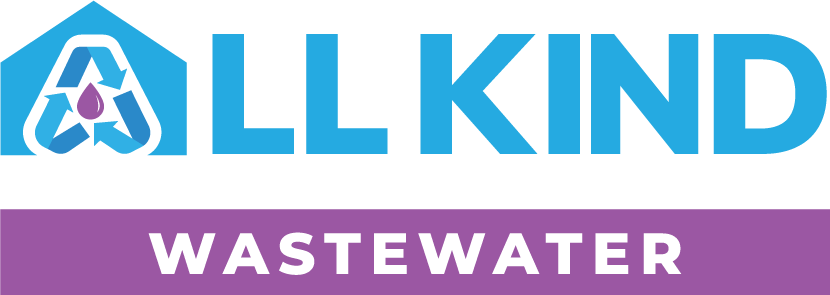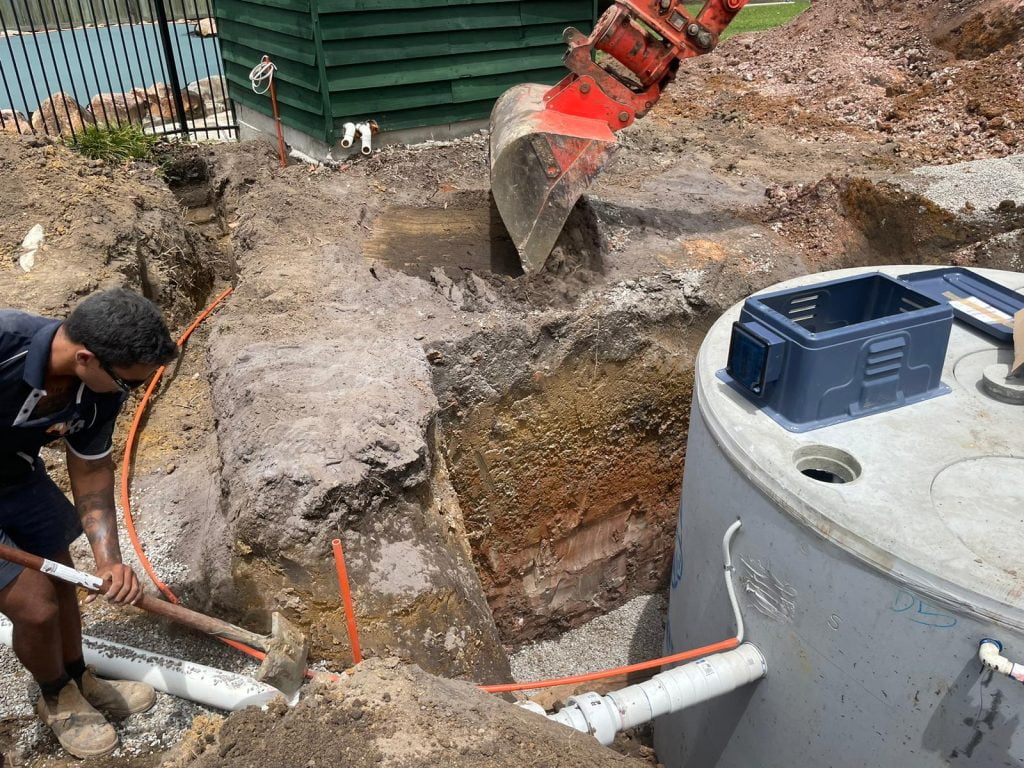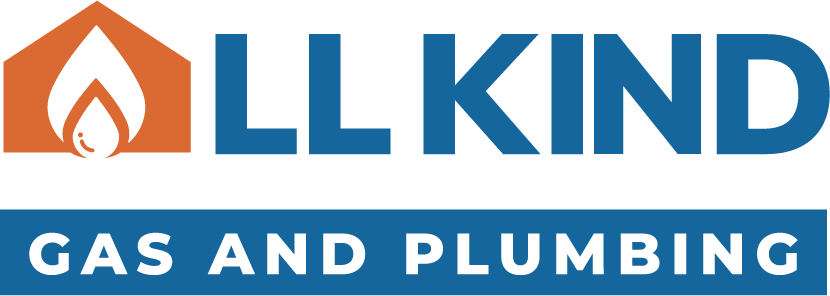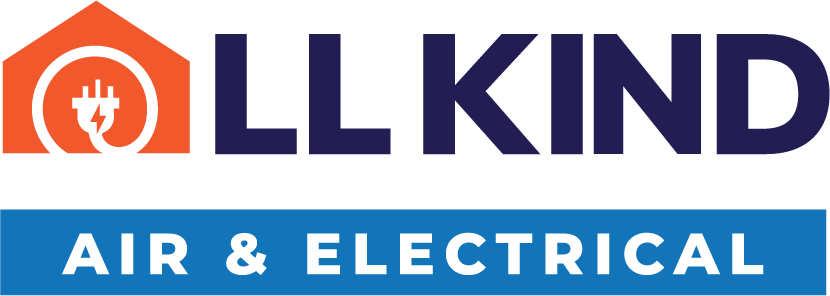Biocycle wastewater treatment systems are popular in Australia for domestic sewage treatment. These systems digest solid wastes using controlled natural processes, proving to be an effective solution for rural and remote areas. The AWTS (Advanced Wastewater Treatment Systems) are designed to purify wastewater and provide clean effluent for irrigation. Biocycle are commonly used to treat domestic wastewater on-site, offering an odourless and environmentally friendly solution. These are designed to suit various needs, from concrete tanks for sewage treatment plants to steel tanks for wastewater control.
What is a Biocycle Wastewater Treatment System?
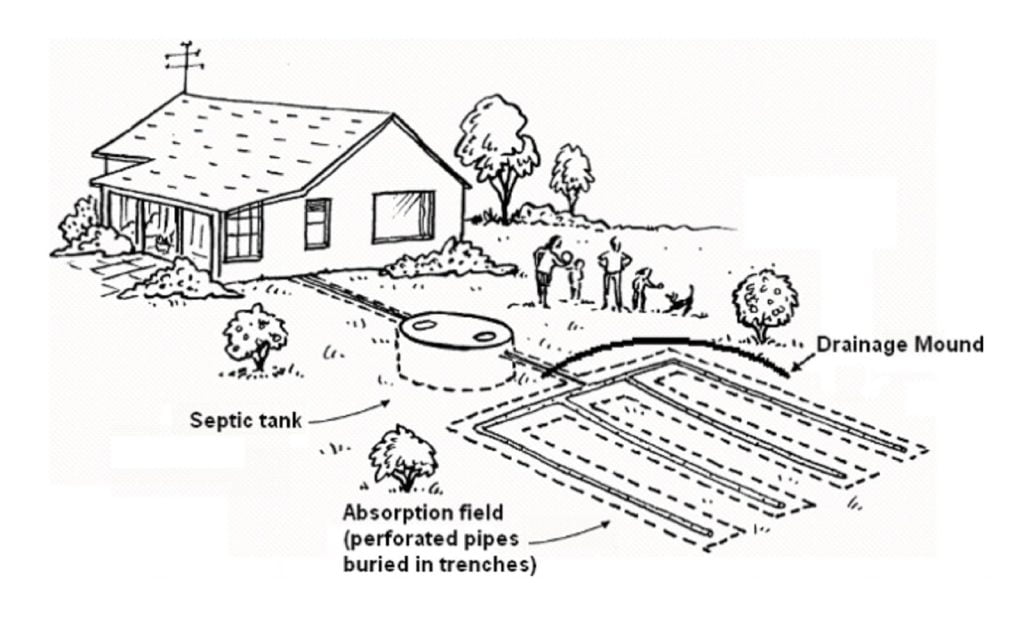

Bicycle wastewater treatments are eco-friendly solutions that harness natural biological processes to treat and purify wastewater. Unlike traditional septic systems that rely on chemicals and artificial methods, biocycle utilises a complex ecosystem of microorganisms to break down and treat waste in an environmentally sustainable manner.
The core principle behind biocycle is using aerobic bacteria to consume and digest organic matter in wastewater. This is achieved through a multi-stage sewage treatment that separates solid and liquid waste. The solid waste is then broken down by aerobic bacteria that thrive in oxygenated environments.
Simultaneously, the liquid waste undergoes aeration, where air is pumped into treatment chambers, facilitating the growth of additional aerobic bacteria that further purify the water by consuming harmful pathogens and chemicals.
Traditional septic irrigation systems typically rely on anaerobic bacteria that operate in an oxygen-deprived environment. This can lead to the production of methane and other greenhouse gases, contributing to environmental pollution.
How Biocycle Systems Work


Wastewater Collection
The first stage involves collecting wastewater from residential or commercial sources. Plumbing supplies the wastewater to the biocycle.
Solid-Liquid Separation
The wastewater undergoes separation of solid and liquid waste. The solid waste settles, and aerobic bacteria break it down through digestion.
Aeration and Aerobic Treatment
The liquid waste enters an aeration chamber designed to promote the growth of aerobic bacteria. Air is supplied to this chamber, creating an oxygenated environment that supports the multiplication of these microorganisms. The aerobic bacteria consume and break down organic matter, pathogens, and chemicals in the wastewater, purifying it effectively.
Clarification
After the aeration stage, the treated wastewater flows into a clarification chamber, where any remaining suspended solids can settle. This step ensures that the water is free of particulate matter before it is dispersed or reused.
Water Dispersal and Reuse
The treated water can be utilised for various purposes, depending on the customer’s preference and local regulations. Common applications include sub-surface irrigation for gardens, lawns, or agricultural purposes and dispersal through sprinklers or wide-range garden drippers.
Types of Waste Treated by Biocycle Systems


Biocycle wastewater treatments are versatile and can handle a wide range of waste types from both residential and commercial/industrial sources.
Residential Wastewater Sources
It can effectively treat wastewater from sinks, showers, bathtubs, washing machines, dishwashers, and toilets in residential settings. These are designed to handle the various types of waste commonly found in household wastewater, including organic matter, soaps, detergents, and human waste.
Commercial/Industrial Waste Sources
Beyond residential applications, it can also be employed in commercial and industrial facilities to treat wastewater. This includes waste from food processing plants, restaurants, hotels, breweries, and other businesses that generate significant amounts of organic and inorganic waste in their wastewater streams.
Limitations on Waste Types
While biocycles are highly effective at treating a diverse range of wastewater, certain limitations apply to the types of waste that can be processed. These are generally unsuitable for treating hazardous or toxic wastes, as the biological processes may not effectively break down or neutralise such substances. Extremely high concentrations of certain chemicals or compounds can disrupt the delicate ecosystem of microorganisms responsible for the treatment process.
Advantages of Using Biocycle Wastewater Treatments
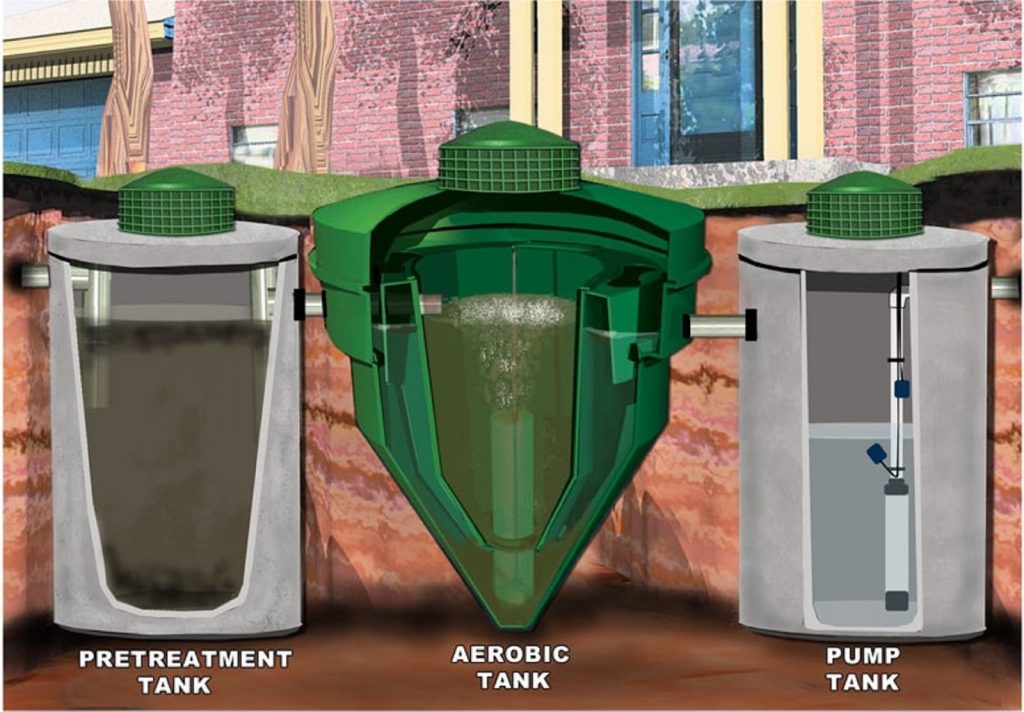

Biocycle wastewater treatments offer numerous advantages over traditional septic systems, making them an attractive choice for eco-conscious customers in Australia and New Zealand.
Environmental Benefits
One of the primary advantages of biocycles is their environmental sustainability. By harnessing natural biological processes, these significantly reduce the environmental impact of wastewater treatment. They produce minimal greenhouse gas emissions and do not rely on harsh chemicals or artificial additives, minimising the risk of soil and groundwater contamination.
Cost and Resource Efficiency
Biocycles are highly cost-effective and resource-efficient. Compared to conventional treatment methods, they require less energy and water, resulting in lower utility costs for homeowners and businesses. Additionally, recycling and reusing treated water can substantially save water bills.
Low Maintenance Requirements
Another key advantage is the low maintenance required for biocycles. Once installed, these operate with minimal intervention, reducing the need for frequent servicing or repairs. This translates to lower maintenance costs and fewer disruptions for customers.
Ability to Recycle Treated Water
Biocycles treat wastewater and enable the safe recycling and reuse of the treated water. The purified water can be used for various purposes, such as irrigation, landscaping, or even certain industrial processes, enhancing its environmental and economic benefits.
What are the Installation Requirements for Biocycle System?
Installing a biocycle wastewater treatment requires careful consideration of several key factors:
- Site and Space Requirements: Biocycles require adequate space for the various components, including the septic tank, aeration chamber, clarification tank, and dispersal area. Site evaluations are necessary to ensure proper sizing and placement.
- Permits and Regulations: Depending on the location, permits and regulatory approvals may be required before installing a biocycle. Local authorities often have specific guidelines and codes governing the installation and operation of such solutions.
- Other Considerations: Factors like soil type, groundwater levels, proximity to water sources, and accessibility for maintenance should be considered. Additionally, it should be designed to accommodate the expected wastewater volume and usage patterns of the residential or commercial property.
Cost Considerations for Installation


The installation cost of biocycle wastewater treatments can vary significantly depending on several factors. Generally, homeowners and businesses in Australia can expect to invest between AUD 15,000 and AUD 30,000 for a complete installation.
Factors Impacting Installation Costs:
- Size and capacity requirements
- Site preparation and excavation needs
- Complexity of plumbing integration
- Local labor and material costs
- Compliance with regional regulations and permitting
While the upfront investment may be higher, biocycles offer long-term savings through reduced energy and maintenance expenses. Additionally, recycling and reusing treated water can significantly reduce costs over time.
To accurately estimate the installation costs, consult with professional installers and obtain detailed quotes tailored to your specific project requirements.
Choosing a Distributor and Supplier
When selecting a distributor and supplier, prioritising experience and expertise is crucial. Choose an established provider with a proven track record in the industry. Qualified suppliers can offer valuable guidance, ensure regulatory compliance, and provide reliable after-sales support for the long-term operation of your system.
Routine Checks and Maintenance Practices
To ensure the efficient and long-lasting performance of your wastewater treatment, it’s essential to follow the recommended routine checks and maintenance practices:
- Aerated Wastewater Treatment Systems: Regularly inspect and maintain aerators, diffusers, and air compressors to ensure proper oxygenation.
- Pump Maintenance: Check and service pumps, including cleaning filters and inspecting for wear and tear.
- Tank Inspection: Periodically inspect septics, aeration chambers, and clarification tanks for sludge build-up and potential issues.
- Disinfection System: Maintain UV lamps or chlorination systems according to manufacturer guidelines.
- Dispersal System: Inspect and flush drip irrigation lines or sprinklers to prevent clogging.
When to Call a Treatment Specialist
Please call a wastewater treatment specialist if you experience persistent issues, such as recurring clogs, foul odours, or septic malfunctions. Also, seeking expert guidance is crucial if planning major renovations or expansions that may impact your system’s capacity.


Frequently Asked Questions
1. Can biocycle systems be used for both residential and commercial properties?
This type of treatment is suitable for residential and commercial applications. They can be scaled and customised to accommodate varying wastewater volumes and specific usage requirements.
2. How long do biocycles typically last?
Proper installation and regular maintenance can last 20-30 years. Adhering to recommended maintenance practices and promptly addressing any issues can help maximise its longevity.
3. How do the costs of biocycles compare to conventional septics?
While the upfront installation costs of biocycles are generally higher than conventional septics, they offer significant long-term savings through reduced energy and maintenance expenses and the ability to recycle and reuse treated water.
4. Are biocycles environmentally friendly?
Yes, biocycle wastewater treatments are designed to be environmentally friendly. They use natural aerobic processes to treat wastewater, reducing the reliance on chemicals and minimising the environmental impact compared to traditional septics
5. How long does biocycles last?
A well-maintained biocycle can typically last 20-30 years or more. Factors impacting longevity include adherence to recommended maintenance schedules, prompt issue resolution, and the quality of installation and components used.
6. What to do If your system malfunctions?
Take prompt action if you notice any malfunction, such as foul odours, sewage backups, or irregular operation. First, basic troubleshooting steps like checking aerators, pumps, and dispersal lines for clogs are performed. Contact a professional wastewater treatment specialist for further diagnosis and repair if issues persist.
Need Wastewater Treatment Solutions? Contact Us!
All Kind Waste Water provides reliable wastewater treatment systems and services for residential and commercial properties. Our experts specialise in biocycle systems, septic solutions, and more. Don’t compromise on environmental safety – contact us today for consultations, installations, or maintenance. Call or visit our website to discuss your wastewater treatment needs with our knowledgeable team.
